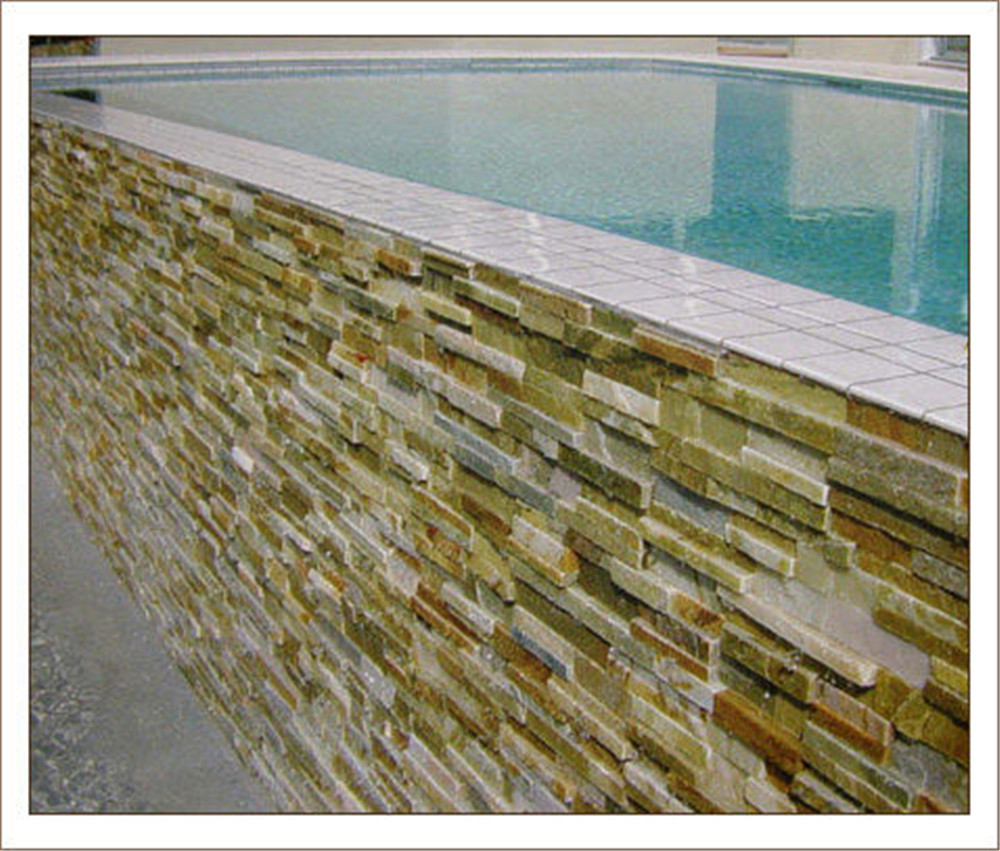The Timeless Beauty and Practical Benefits of Traditional Stone Veneer

Introduction
Stone has been used in construction for centuries, providing a timeless and elegant look to buildings and homes. Traditional stone veneer is a popular choice for homeowners and builders looking to add a touch of natural beauty and durability to their projects. In this comprehensive guide, we will explore the history, characteristics, installation process, and benefits of traditional stone veneer.
History of Traditional Stone Veneer
The use of stone in construction dates back to ancient times when early civilizations used natural stone to build structures that stood the test of time. Over the years, stone became a symbol of strength, durability, and luxury, making it a sought-after material for building projects.
read this , also known as natural stone veneer, is a thin layer of real stone that is cut and shaped to mimic the appearance of full-depth stone. This technique was developed to provide the look and feel of natural stone at a fraction of the cost and weight. Traditional stone veneer has been used in various architectural styles, from rustic cabins to modern homes, adding a touch of elegance and sophistication to any design.
Characteristics of Traditional Stone Veneer
Traditional stone veneer is available in a wide range of natural stone types, including granite, marble, limestone, sandstone, and slate. Each type of stone has its unique characteristics, colors, and textures, allowing for endless design possibilities. Traditional stone veneer can be cut into different shapes and sizes, such as squares, rectangles, and ledgestone, to create a customized look for any project.
One of the key characteristics of traditional stone veneer is its natural beauty and variation. Since it is made from real stone, each piece has its own unique color variations, textures, and patterns, creating a one-of-a-kind look that cannot be replicated with synthetic materials. The natural beauty of traditional stone veneer adds warmth and character to any space, making it a popular choice for interior and exterior applications.
Installation Process of Traditional Stone Veneer
Installing traditional stone veneer requires careful planning, preparation, and skill to ensure a professional and long-lasting finish. The following steps outline the typical installation process of traditional stone veneer:
1. Surface Preparation: The surface where the stone veneer will be installed must be clean, dry, and free of dust, grease, and debris. Any existing finishes, such as paint or wallpaper, should be removed to ensure proper adhesion of the stone veneer.
2. Waterproofing: Before installing the stone veneer, a waterproofing membrane should be applied to the surface to protect it from moisture and water damage. This step is crucial for ensuring the longevity and durability of the stone veneer installation.
3. Mortar Application: A layer of mortar is applied to the surface using a trowel, creating a smooth and even base for the stone veneer. The mortar acts as an adhesive that bonds the stone veneer to the surface and provides additional support.
4. Stone Veneer Installation: The stone veneer pieces are carefully placed on the mortar bed, starting from the bottom and working upwards. Fusheng should be securely pressed into the mortar to ensure a tight fit and proper alignment. Spacers can be used to maintain consistent grout lines between the stones.
5. Grouting: Once the stone veneer is installed, grout is applied between the stones to fill in the gaps and create a seamless finish. The grout color can be chosen to match or contrast with the stone veneer, depending on the desired look.
6. Sealing: After the grout has cured, a sealer can be applied to protect the stone veneer from stains, moisture, and UV rays. The sealer enhances the natural beauty of the stone and helps maintain its appearance over time.
Benefits of Traditional Stone Veneer
Traditional stone veneer offers a wide range of benefits that make it a popular choice for homeowners, builders, and designers. Some of the key benefits of traditional stone veneer include:
1. Natural Beauty: The authentic look and feel of traditional stone veneer add a touch of natural beauty and elegance to any space. The unique colors, textures, and patterns of real stone create a warm and inviting atmosphere that cannot be replicated with synthetic materials.
2. Durability: Natural stone is a durable and long-lasting material that can withstand the test of time and harsh weather conditions. Traditional stone veneer is resistant to fading, chipping, and staining, making it an ideal choice for both interior and exterior applications.

3. Versatility: Traditional stone veneer is available in a wide range of natural stone types, colors, and textures, allowing for endless design possibilities. It can be used in various architectural styles, from traditional to contemporary, adding a timeless and sophisticated look to any project.
4. Low Maintenance: Unlike synthetic materials, traditional stone veneer requires minimal maintenance to keep its natural beauty intact. Regular cleaning and sealing can help protect the stone veneer from stains, moisture, and UV rays, ensuring its longevity and durability.
5. Energy Efficiency: Stone is a natural insulator that helps regulate indoor temperatures and reduce energy costs. Traditional stone veneer can help improve the energy efficiency of a home by keeping it cool in the summer and warm in the winter, leading to lower utility bills.
6. Increased Property Value: The timeless beauty and durability of traditional stone veneer can enhance the curb appeal and resale value of a property. Homes with stone veneer facades are often perceived as higher-end and more luxurious, attracting potential buyers and increasing property value.
Conclusion
Traditional stone veneer is a versatile and durable building material that adds a touch of natural beauty and elegance to any project. With its authentic look and feel, durability, and low maintenance requirements, traditional stone veneer is a popular choice for homeowners, builders, and designers looking to create a timeless and sophisticated look. Whether used for interior accent walls, exterior facades, or fireplace surrounds, traditional stone veneer is sure to make a lasting impression and enhance the value of any property.
